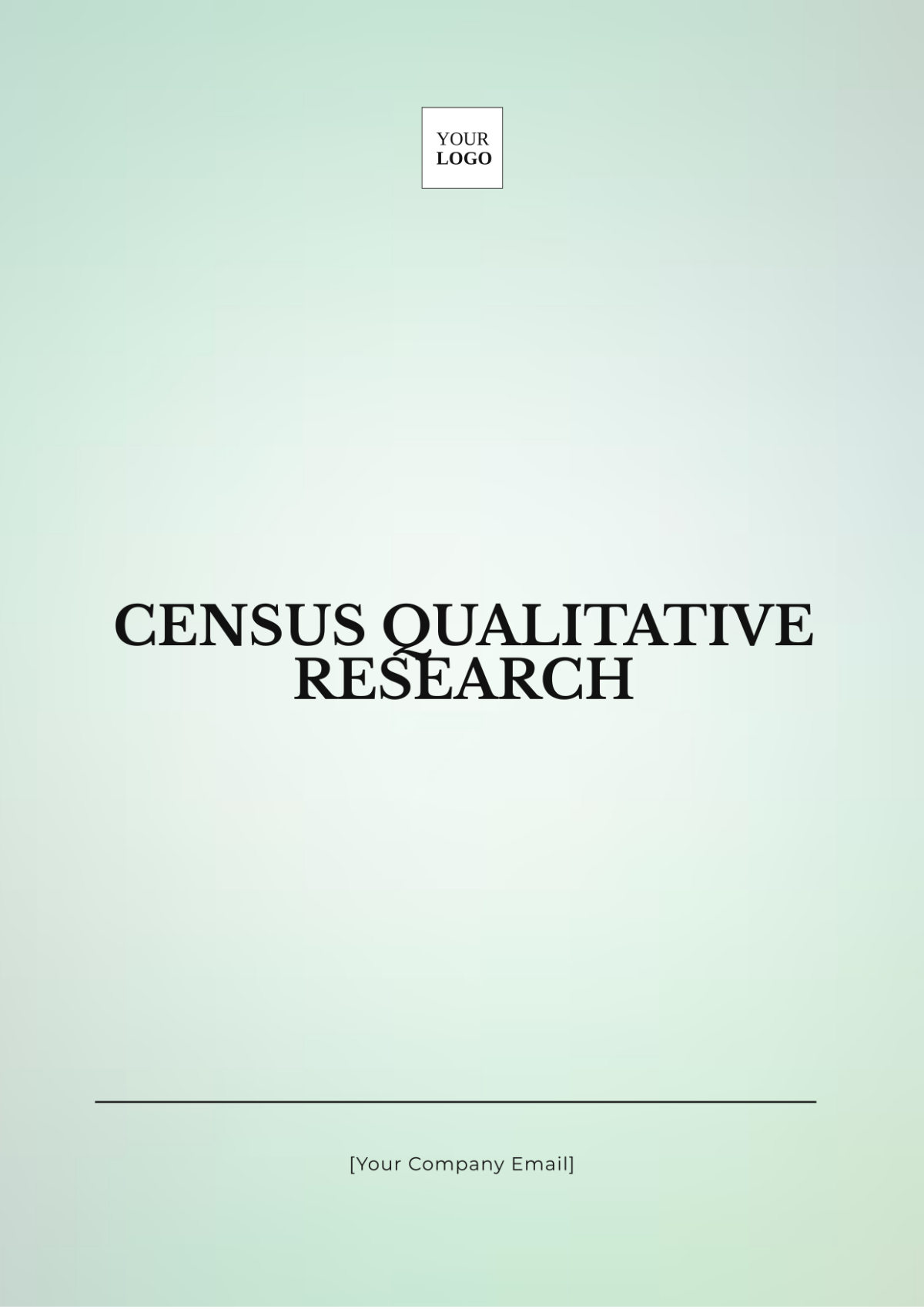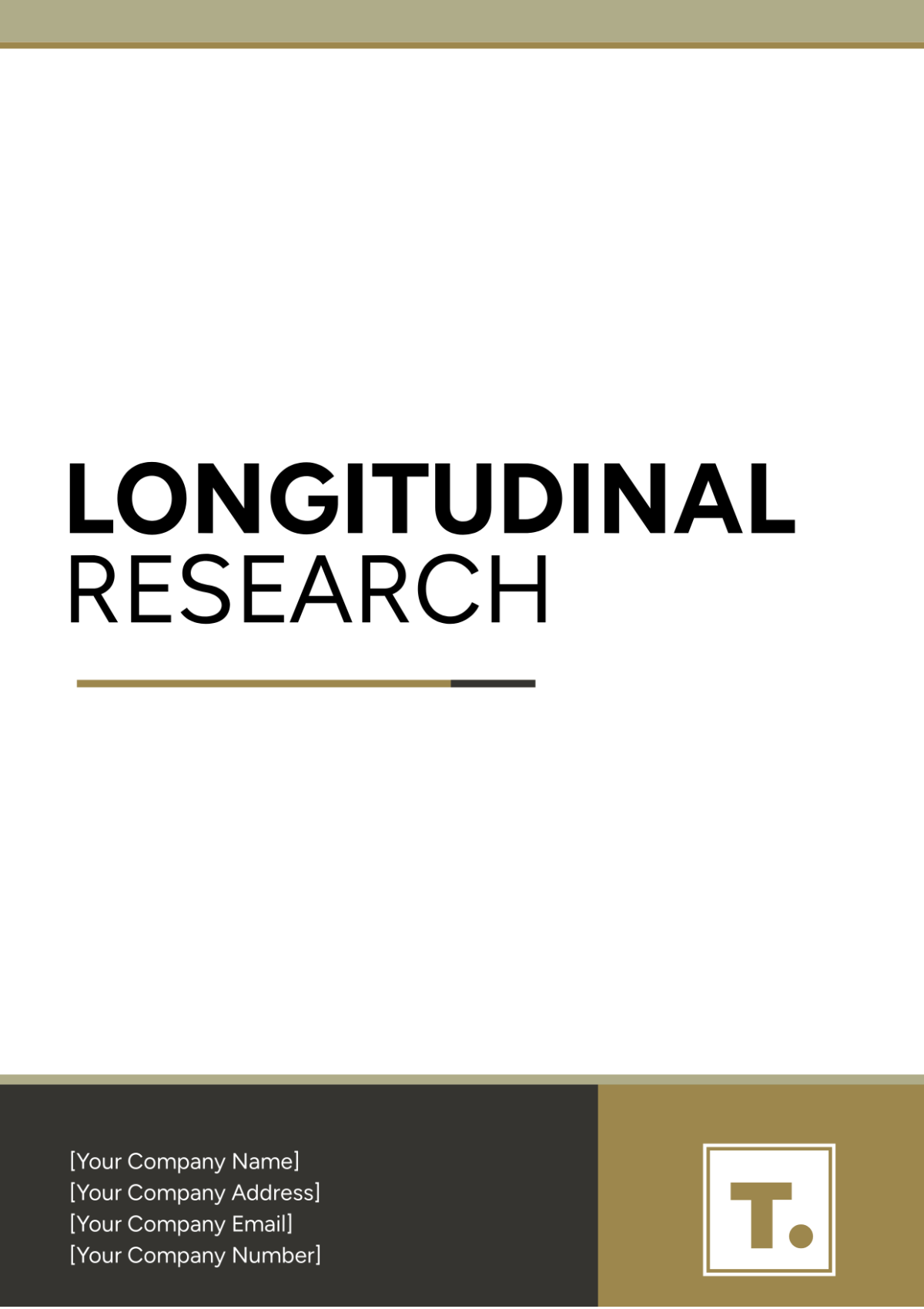Free Census Qualitative Research
Analyze population data with ease using the Census Qualitative Research Template from Template.net. This editable and customizable template is perfect for conducting qualitative research on census data. Editable in our AI Editor Tool, it allows you to tailor the content to your study's specific needs, ensuring accurate and relevant insights for your research.






























